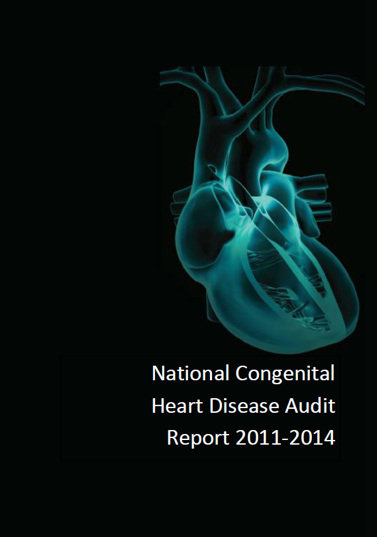How are survival rates monitored?
Every year the national audit body (National Congenital Heart Disease Audit) publishes overall survival rates for each hospital for the previous 3 years. Each hospital’s survival rates are compared to what is predicted for that hospital by a statistical formula.
 Since 2007, the national audit body (NCHDA) has published survival rates for certain
types of procedure (now over 70 different procedures) at each hospital. But the NCHDA did not
publish overall survival rates for each hospital until 2013, because there was no clear way to put
overall survival rates for each hospital into context
(see What, Why and How?).
However researchers have now made this possible by creating a statistical formula that gives a predicted
chance of a child’s 30-day survival, taking the complexity of their medical problems
into account. So since 2013, NCHDA has used this formula to calculate the predicted
and extended predicted ranges of survival for each hospital, so that the hospital’s
survival rate can be interpreted in the context of the children it treated
(see What, Why and How?).
Since 2007, the national audit body (NCHDA) has published survival rates for certain
types of procedure (now over 70 different procedures) at each hospital. But the NCHDA did not
publish overall survival rates for each hospital until 2013, because there was no clear way to put
overall survival rates for each hospital into context
(see What, Why and How?).
However researchers have now made this possible by creating a statistical formula that gives a predicted
chance of a child’s 30-day survival, taking the complexity of their medical problems
into account. So since 2013, NCHDA has used this formula to calculate the predicted
and extended predicted ranges of survival for each hospital, so that the hospital’s
survival rate can be interpreted in the context of the children it treated
(see What, Why and How?).
The predicted range is the range in which we expect to see each hospital’s survival rate the majority of the time (see our video How is the predicted range calculated?). The predicted range is calculated using the same statistical formula for all hospitals and this prediction is not influenced by what the survival rate at a hospital actually was (see our short video How is the predicted range calculated?). See what happens if the survival rate falls below its predicted range.
Operations that occur within 30 days of each other are treated as a single operation when reporting overall survival.
- Survival rate
- The percentage of operations where the child survived at least 30 days after their operation.
- Predicted and Extended Predicted range:
We expect a hospital's overall survival rate to lie within its predicted range 19 times out of 20.
We expect a hospital's overall survival rate to lie within its extended predicted range 998 times out of 1000.
An illustration of how we present a hospital's survival rate (black dot) in the context of its predicted range (dark blue bar) and extended prediction range (light blue bar) is given below:





